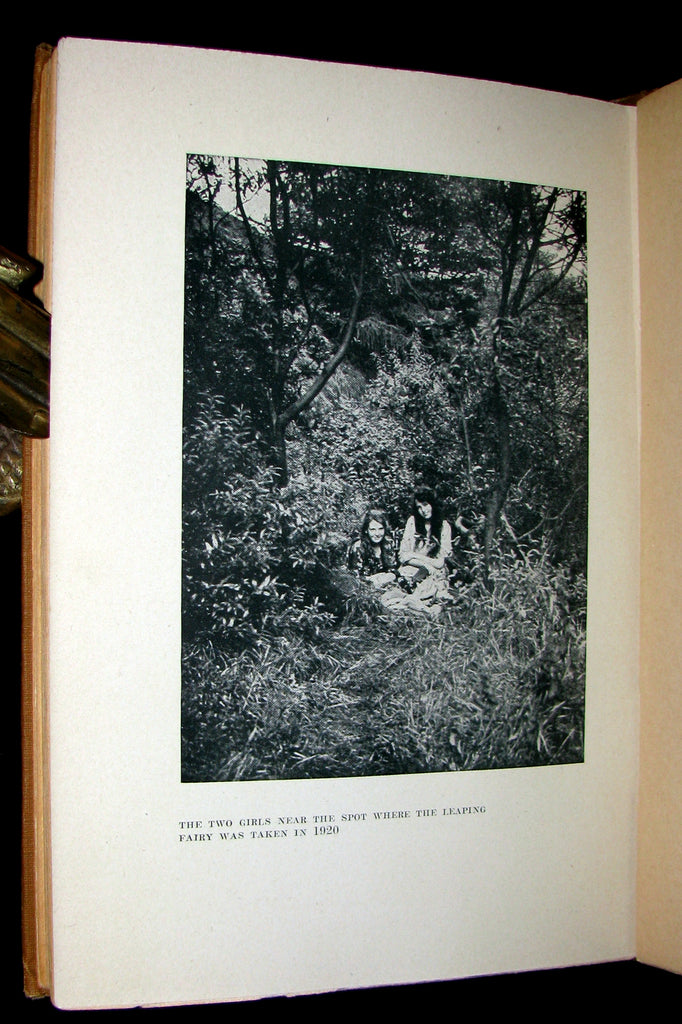


His first mistake, she says, was ruling out the possibility that the images could have been altered -he thought two young girls from the countryside could not have such craftiness. Mary Losure, author of The Fairy Ring: Or Elsie ad Frances Fool the World, carried out her own investigation on this event and enlists the series of mistakes that Doyle made while studying the case, same that led him to assert the images were real. In a strange combination of hope and reason (although the latter sounds odd), The Coming of the Fairies magnificently exemplifies how one can shape reality in accordance to what one really wants to believe in the moment, no matter how far-fetched this is. The title read: “Fairies photographed, an event that defines an era, described by A. In 1920, Doyle published his investigation in the popular British magazine Strand, where he detailed the reasons for believing in the authenticity of these enigmatic photographs that showed, with impeccable definition, a group of fairies playing in the forest. Said photographs were taken by Elsie Wright, then 16 years old, and Frances Griffiths, who was 9––two cousins that lived in Cottingley, England. One of his most famous ventures into this realm was when, after the death of his brother, Doyle decided to take the case of a series of curious photographs of fairies as if he was trying to personify his legendary character Sherlock Holmes. Although it seems hard to believe, Sir Arthur Conan Doyle, the mastermind behind the most famous and rational detective ever, had an extraordinary fascination for the spiritist world.


 0 kommentar(er)
0 kommentar(er)
